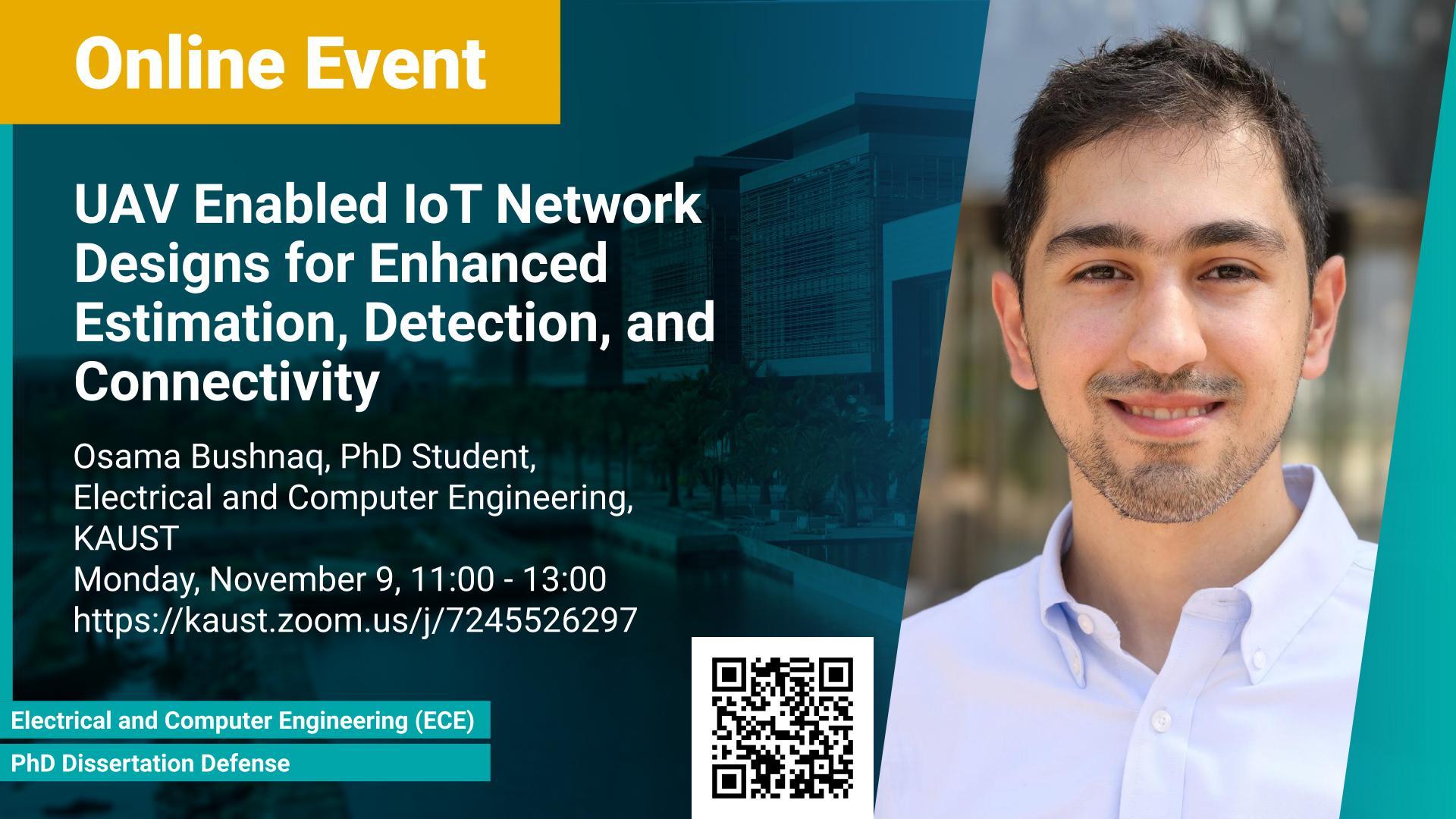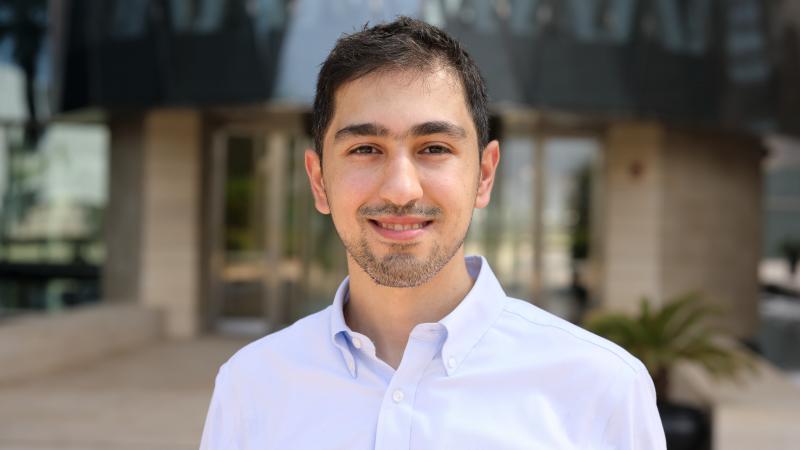Abstract
The Internet of Things (IoT) is a foundational building block for the upcoming information revolution and imminent smart-world era. Particularly, the IoT bridges the cyber domain to everything and anything within our physical world which enables unprecedented ubiquitous monitoring, connectivity, and smart control. The utilization of Unmanned Aerial Vehicles (UAVs) can offer an extra level of flexibility which results in more advanced and efficient connectivity and data aggregation for the IoT devices.
In the first part of the thesis, we focus on IoT network design, which does not involve UAV support, for source estimation at a central unit. To accurately estimate the source parameters, network resources are carefully managed. The focus here is on the optimal IoT devices placement and, the spectral and energy budgets management. Practical aspects such as measurement accuracy, communication link quality, and the amount of energy harvested are all taken into account. The design problem of interest is formed such that a set of cheap and expensive IoT devices are placed at strategic locations to minimize the estimation error under limited system cost. We conclude that a few expensive sensors setup with high transmission power and bandwidth is suitable to minimize the errors caused by the communication link quality. On the other hand, a large number of cheap sensors is preferred to improve the measurement accuracy at the sensor level. The IoT revolution relies on aggregating big data from massive numbers of devices that are widely scattered in our environment. Most of these devices are expected to be of low-complexity, low-cost, and limited power supply, which impose stringent constraints on the network operation. Hence, direct data transmission to a far central unit and, data routing over the network can highly limit network applications and capabilities. Aerial data transmission through UAVs has recently received significant interest due to their strong line-of-sight links and flexible/instant deployment. The UAV-enabled IoT networks can offer solutions to avoid and manage natural disasters such as forest fire where satellite imaging and infrared cameras might not be as reliable. We, therefore, investigate in this thesis the aerial data aggregation for field estimation, wildfire detection, and connection coverage enhancement via UAVs. To accomplish the network task, the field of interest is divided into several subregions over which the UAVs hover to collect samples from the underlying nodes. To this end, we formulate and solve optimization problems to minimize total hovering and traveling time. This goal is fulfilled by optimizing the number of subregions, the area of each subregion, the hovering locations, the hovering 2 time at each location, and the trajectory traversed between hovering locations.
Finally, the typical untethered UAV (U-UAV) has a limited battery power supply and therefore limited flying time, and it needs an extra wireless backhaul link to connect IoT devices to the core network. To optimize IoT network cellular coverage, we propose the utilization of the tethered UAV (TUAV) to assist the terrestrial network, where the tether provides power supply and connects the T-UAV to the core network through a high capacity link. The T-UAV however has limited mobility due to the limited tether length. A stochastic geometry-based analysis is provided for the coverage probability of UAV-assisted cellular networks where the IoT devices are located within a circular hot-spot. Further, we study the optimal locations of the U-UAV and the T-UAV to maximize the coverage probability.
Brief Biography
Osama M. Bushnaq received the B.S. degree in communication engineering from the Princess Sumaya University for Science and Technology (PSUT), Amman, Jordan, in 2012, and the M.Eng. degree in electrical engineering from the University of New Brunswick (UNB), Fredericton, NB, Canada, in 2014. He is currently pursuing the Ph.D. degree with the King Abdullah University of Science and Technology (KAUST). He was a Visiting Researcher with the Delft University of Technology (TU Delft), The Netherlands, in 2016, and the University of British Columbia (UBC), Canada, in 2019. His current research interests include statistical signal processing, the IoT networks, 5G/6G, discrete optimization, and UAV wireless networks.

